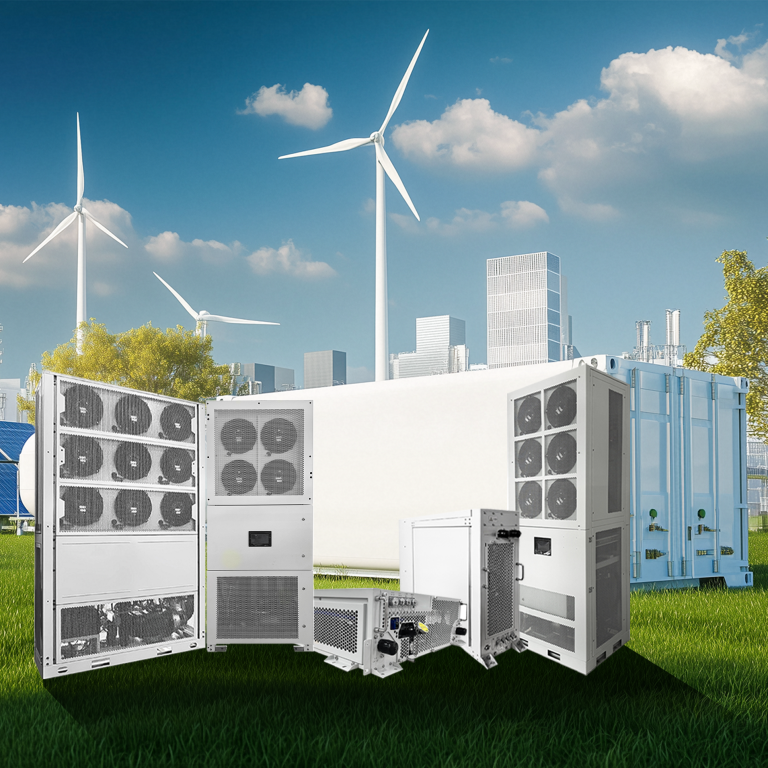In the quest for environmentally friendly refrigerants, R32 and R513A have become popular options in the market. Both refrigerants offer unique advantages and serve specific applications. Let’s compare their differences, strengths, and determine which is the better choice depending on the use case.
What is R32 Refrigerant?
R32 refrigerant, also known as difluoromethane (HFC-32), is a hydrofluorocarbon refrigerant widely used in air conditioning and refrigeration systems.
Key Advantages of R32:
- Environmental Performance:
R32 has a Global Warming Potential (GWP) of 675, which is lower than many traditional refrigerants like R410A (GWP=2088). It also has an Ozone Depletion Potential (ODP) of 0, meaning it does not harm the ozone layer. - High Cooling Efficiency:
The refrigerant offers high unit cooling capacity, making it more efficient in cooling systems. This means systems using R32 can achieve desired temperatures faster, saving both time and energy. - Reduced Operating Costs:
Its efficiency translates into lower energy consumption, reducing overall operating costs for cooling systems. - System Compatibility:
R32 is physically similar to R410A, making it compatible with many existing systems with minimal modifications. - Disadvantage – Flammability:
One drawback of R32 is its mild flammability. It is classified as A2L under ASHRAE standards, requiring careful handling and installation safety measures.
What is R513A Refrigerant?
R513A is a blend of HFO (R1234yf) and HFC (R134a), developed as a low-GWP, environmentally friendly alternative to traditional refrigerants like R134a.
Key Advantages of R513A:
- Environmental Performance:
R513A has a GWP of around 631, significantly lower than R134a (GWP=1430). It is also non-ozone-depleting (ODP=0), making it an eco-conscious choice. - Safety:
R513A is non-flammable and classified as A1 by ASHRAE, meaning it is safe to handle and use without concerns about combustion or explosion. - Thermodynamic Properties:
Its performance closely resembles R134a, making it a drop-in replacement in many systems. It offers reliable cooling and thermal efficiency. - Disadvantage – Moderate Efficiency:
While R513A is safe and eco-friendly, its cooling efficiency is slightly lower than R32. Systems using R513A may require higher refrigerant charges compared to R32-based systems.
Comparison: R32 vs. R513A
| Aspect | R32 | R513A |
|---|---|---|
| GWP | 675 | 631 |
| ODP | 0 | 0 |
| Flammability | Mildly flammable (A2L) | Non-flammable (A1) |
| Cooling Efficiency | High | Moderate |
| Safety | Requires special handling and precautions | High safety, no flammability risk |
| Compatibility | Compatible with R410A systems | Compatible with R134a systems |
| Applications | Primarily in air conditioning systems | Commercial refrigeration and chillers |
Which Refrigerant is Better?
The choice between R32 and R513A depends on specific application requirements:
- Choose R32 if:
- You need higher cooling efficiency and energy savings.
- Your system is compatible with R410A or has been designed for R32 use.
- Mild flammability is not a concern with proper safety measures in place.
- Choose R513A if:
- Safety is a top priority, especially in systems located in densely populated or high-risk areas.
- You are retrofitting systems that currently use R134a.
- You prioritize an environmentally friendly, non-flammable refrigerant.
Conclusion: No One-Size-Fits-All Solution
Both R32 and R513A are excellent choices for sustainable cooling solutions.
- R32 stands out for its efficiency and cost-effectiveness, making it ideal for residential and commercial air conditioning.
- R513A, on the other hand, offers superior safety and compatibility, making it the better choice for refrigeration systems in high-security environments.
Ultimately, the “better” refrigerant depends on balancing efficiency, safety, cost, and environmental impact according to your system’s needs.





